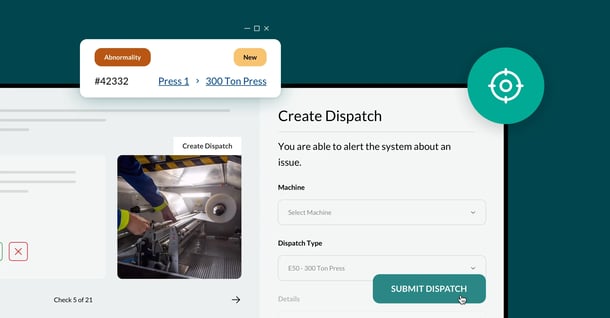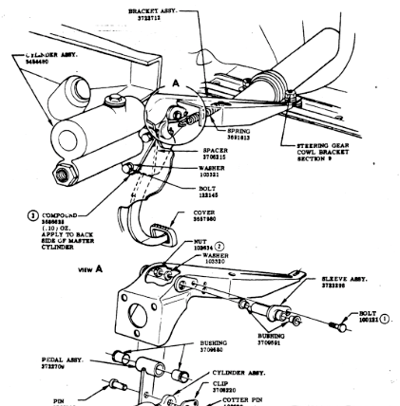

5 Reasons Paper and PDF Work Instructions Will Fail You
Make the switch to digital work instructions and maximize efficiency. Paper & PDF work instructions are a thing of the past. Hard to use. Hard to update.
Are your work instructions:
-
Complex and unclear?
-
Hard to update?
-
Hard to locate?
-
Not tracking performance?
-
Hard to author?
Answered yes 5 times?
Then we highly recommend you keep reading.

☝️ Can you imagine using a work instruction like this to do your job?
Let’s face it, traditional paper and PDF work instructions aren’t great.
Lengthy, cumbersome, and usually never up to date.
Here are 5 reasons paper and PDF work Instructions (very likely) will fail you:5 Reasons Paper and PDF Work Instructions Will Fail Youuce, these old-fashioned instructions frequently cause more problem than they solve. In fact, close to 90% of paper and PDF instructions fail to provide a satisfactory solution for their users.
.png?width=800&height=800&name=Manufacturing%20sops%20(2).png)
1. Complex and unclear.
Many manufacturing operations still rely on paper and PDF work instructions to deliver standard operating procedures.
They tend to use text-heavy, complicated sentences that can be difficult to understand quickly. Don’t let confusion and frustration slow down the processes on your factory floor.
Digital work instructions use simple, step-by-step language and clear visuals to communicate essential information quickly. Workers can quickly understand every task at hand, and get it right the first time.
2. Hard to update.
Paper and PDF resources are difficult and expensive to update. If any of your machines or processes change, new instructions must be edited, approved, and distributed.
Paired with an intelligent software platform, a digital solution will allow you to edit and distribute updates instantly. Anytime, anywhere.
3. Hard to locate.
Paper and PDF work instructions are often difficult to locate when needed. We’ve talked with many businesses where instructions are hidden away in a binder where no one will ever read them.
A digital system lets you push the right instruction to the right employee, exactly when they need it. Whether users access instructions through a web app, scan a QR code, or activate with NFD, every process and machine is connected directly to the relevant instructions.
4. No tracking and analytics.
Paper and PDF instructions cannot be tracked effectively. It’s impossible to analyze their usage in real-time to gather data and feedback for the continuous improvement of your processes.
Digital work instructions are backed by a full suite of analytics and tracking. You'll see all of the instructions as they exist throughout your company in real time, along with essential data about how they're being used. This information allows for the continuous improvement and optimization of your processes on the factory floor.
5. Hard to author.
The resources it takes to create a paper or PDF manual are extensive and expensive. They must be written by trained technical writers and then edited and distributed.
Digital work instructions empower your workers to make simple, effective work instructions with intuitive drag and drop editing software. Work instructions are no longer disconnected from the factory floor: they can be created and edited by the employees that know your processes and procedures best.
Make the change.
Leave paper and PDF work instructions in the past.
Digital work instructions allow your workforce to access standardized, up-to-date knowledge and specifications in real-time. Not only that, but your company can create and deliver them in a way that inspires a new, tech-savvy workforce on an intuitive platform.
Want to learn more?
👉 Why Bad Instructions Cost the Top Manufacturers Billions
👉 Why Video Work Instructions are a Bad Idea.
👉 Standard Work = Processes + Procedures + Work Instructions.

Author
Revisions
It's time to simplify frontline training
Work instructions, checklists, and skills management - all in SwipeGuide
- Cut training time by 50%
- SOC I and II compliant
Get to know us
SCHEDULE YOUR DEMOResources
-
1
How to empower your frontline with better instructional design. -
2
How to gain the edge in Industry 4.0 with smart manufacturing practices. -
3
How to make excellent digital work instructions. -
4
How to deliver continuous improvement at the frontline with Lean principles. -
5
How to capture, share, and improve expert knowledge with digital SOPs.


